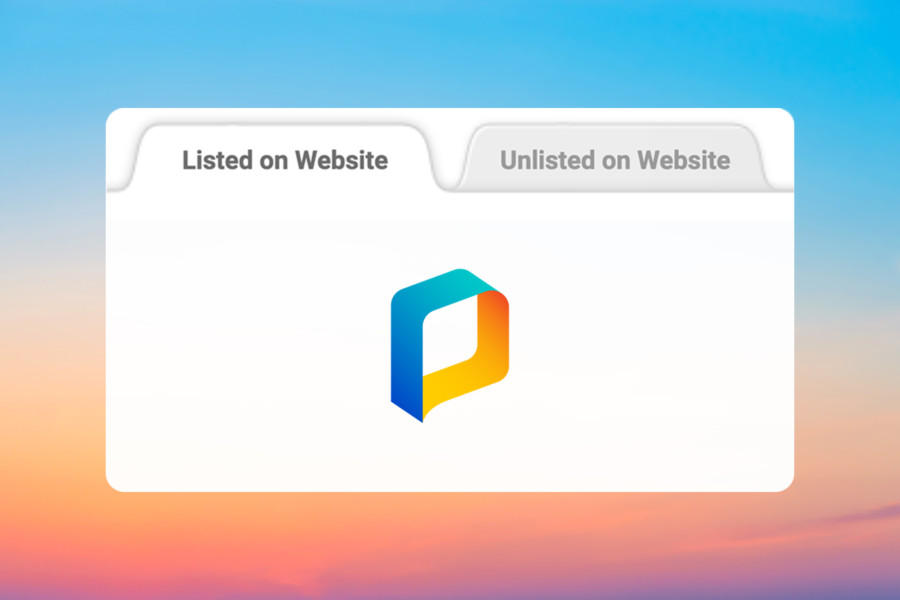Share
5 Ways to Earn More with Print Sales
No matter how you slice it, photo sales will always be a staple of the photo landscape. In certain industries like wedding and family photography, ...
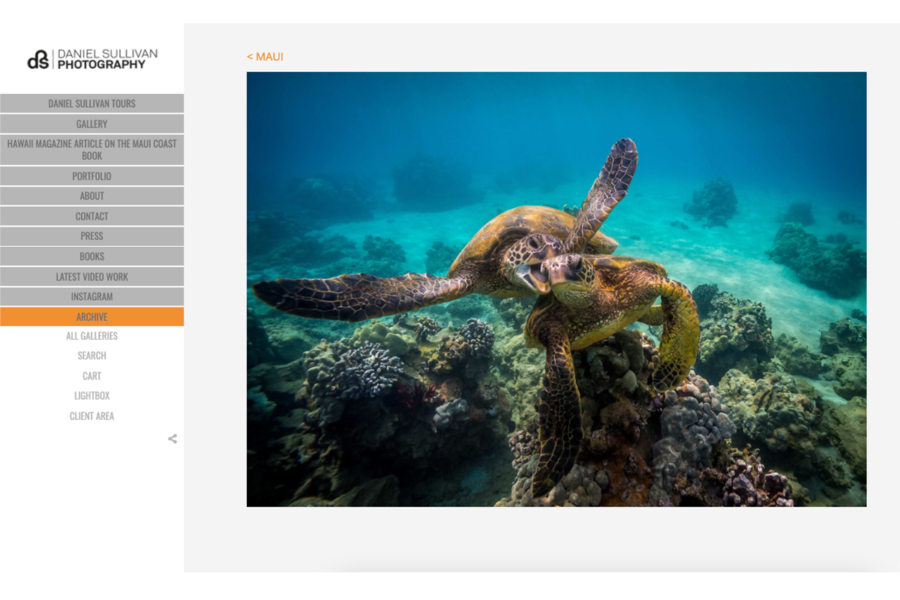
No matter how you slice it, photo sales will always be a staple of the photo landscape. In certain industries like wedding and family photography, print sales are a main staple and part of the expected client experience. In others, they feel like a bit of a mystery.
For any photographer, print sales can be a great supplementary and unexpected revenue stream. They’re a great way to diversify where your money is coming from and bring in a little side cash, regardless of your current projects or ongoing assignments. Many photographers use print sales as a way to show off personal work, even if they’re primarily focused on other areas like commercial photography.
But before we jump into how to sell prints more effectively, it’s imperative that you’ve identified and honed in on your audience. One of the most common mistakes we see are photographers who think everyone is their audience. Narrowing your scope and understanding what your target client looks like are essential to selling successfully. Full stop.
With your audience identified, the real work can begin. Below we’ve got five tips encouraging you to think outside the box and take your print sales to new heights in 2022. There’s no magic bullet for suddenly quadrupling sales but we’ve seen how these targeted efforts can make a real difference in revenue for talented image makers.
Cover image by Daniel Sullivan.
1. Expand your horizons past glossy, matte and lustre finishes.
Variety is the spice of life and that sentiment applies to prints too. Metallic and even velvet prints now exist. Customers looking to save money on framing can become enticed by stretched canvases and standout prints. Thinking through your use cases has real value. Is this photo being sent in the mail to grandma or hung in someone’s entryway? Do you have stuff that might be well suited for a triptych?
Customizing and expanding your print offerings is a great way to increase sales and, hopefully, allows you to expand your customers’ understanding of what a physical print can be. Educating and empowering your customers should always be at the forefront of your mind when setting up sales.
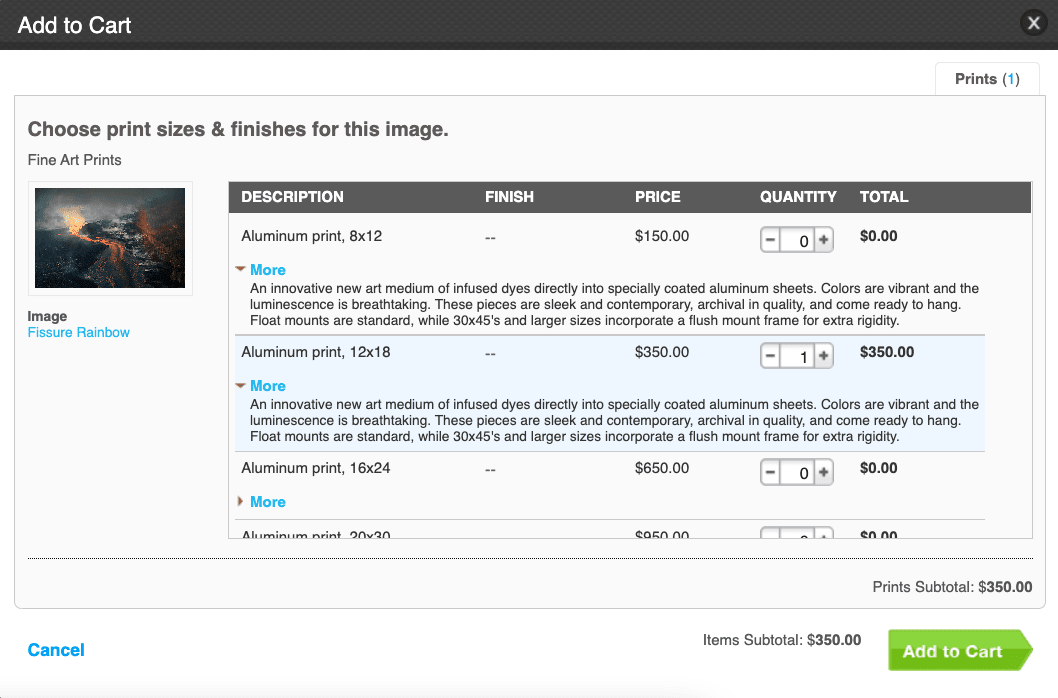
In the example above, Bruce is using PhotoShelter’s self-fulfilled sales option, which allows him to provide a custom description of each item he offers.
2. Don’t just sell a la carte prints. Think bulk.
Just like offering out-of-the-box print options like stretched canvases, consider creating print packages whereby your customer purchases a group of pre-selected print sizes. The most common example of this is picture day at school: where you came home with four sheets of wallet-sized prints to share with friends, three 4×5’s for extended family members and two 8×10” prints for mom and dad.
Image packages take the guesswork out of your customer’s experience and, if done correctly, can get you some extra dollars. By selecting what comprises each package, you’re likely to get a higher number of total image sales, since it’s less likely a customer would buy 16 one-off prints. But when they’re all grouped together?
This bulk print sale option lends itself well to family, wedding and event photography especially. Plus, offering packages saves your clients money, since they’re not purchasing everything at the full price a la carte amount. Promoting packages by saying something like ”Full package for $49.99, a savings of 20%!” goes a long way.

One thing to note is that in PhotoShelter, when creating image packages, keep in mind that they can only be applied to a single gallery containing less than 1000 images. Your clients won’t be able to choose photos that live in different galleries, so plan to structure your galleries accordingly!
3. Offer something limited.
People love to feel special, plain and simple. And while your talents as a photographer can make even the most awkward poser look like a seasoned supermodel (or so we hope!), think about how you might make your customer feel special for simply owning a print of yours.
That’s where scarcity comes in.
While much of our suggestions above revolve around adding more – more print sizes, different offerings – we encourage you to consider limiting the number of prints available for your best images. While nothing new in the photography or art world, offering limited edition prints or signed prints is a great way to add value to the work you know will sell.
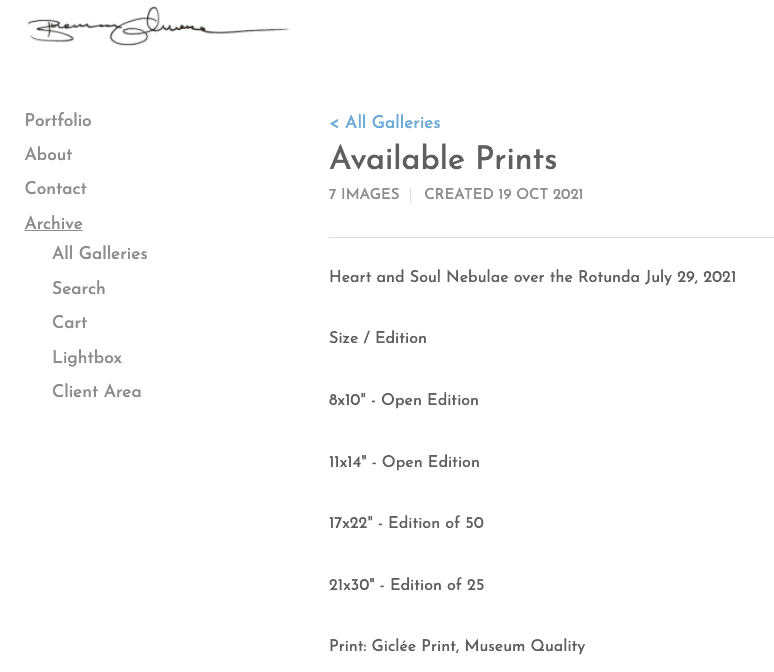
4. Consider what stock photos you already have.
Many photographers have a backend archive of all sorts of images outside of their specialty. From old vacation photos to learning macrophotography during the pandemic and dabbling in food photography at some outdoor gatherings, you probably have a ton of photos that would work for stock. So why not consider selling those?
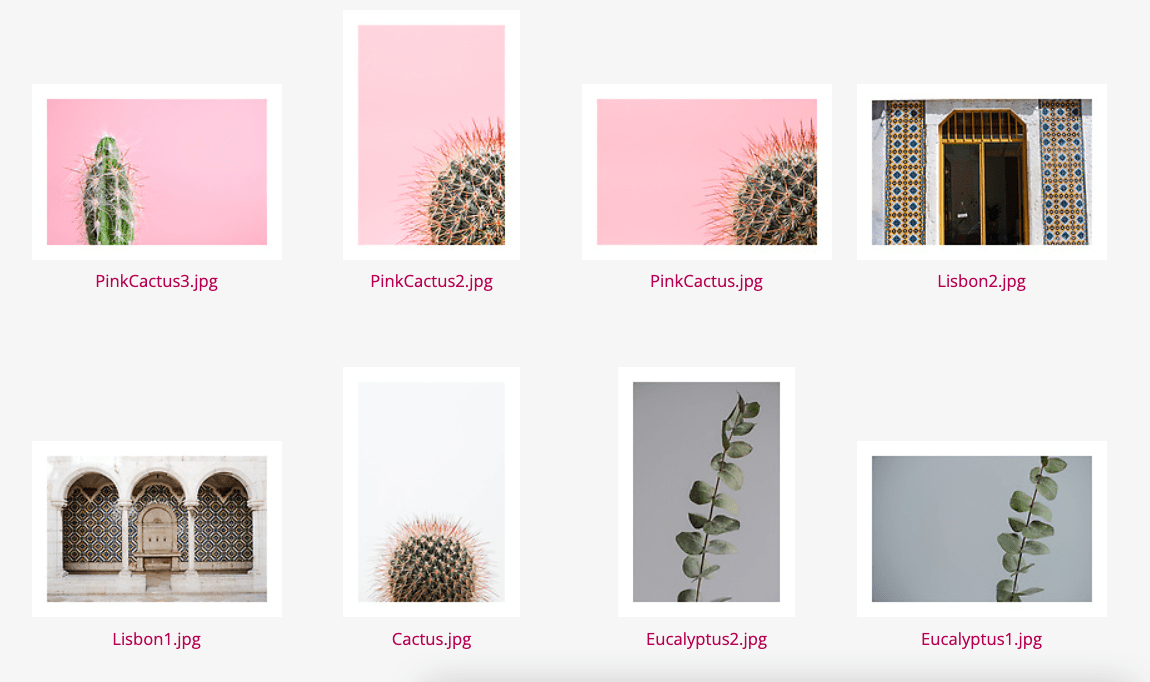
If stock sales are piquing your interest, consider a call out on your website directing site visitors to those galleries like outdoor and adventure photographer Jen Magnuson does in her site’s navigation:
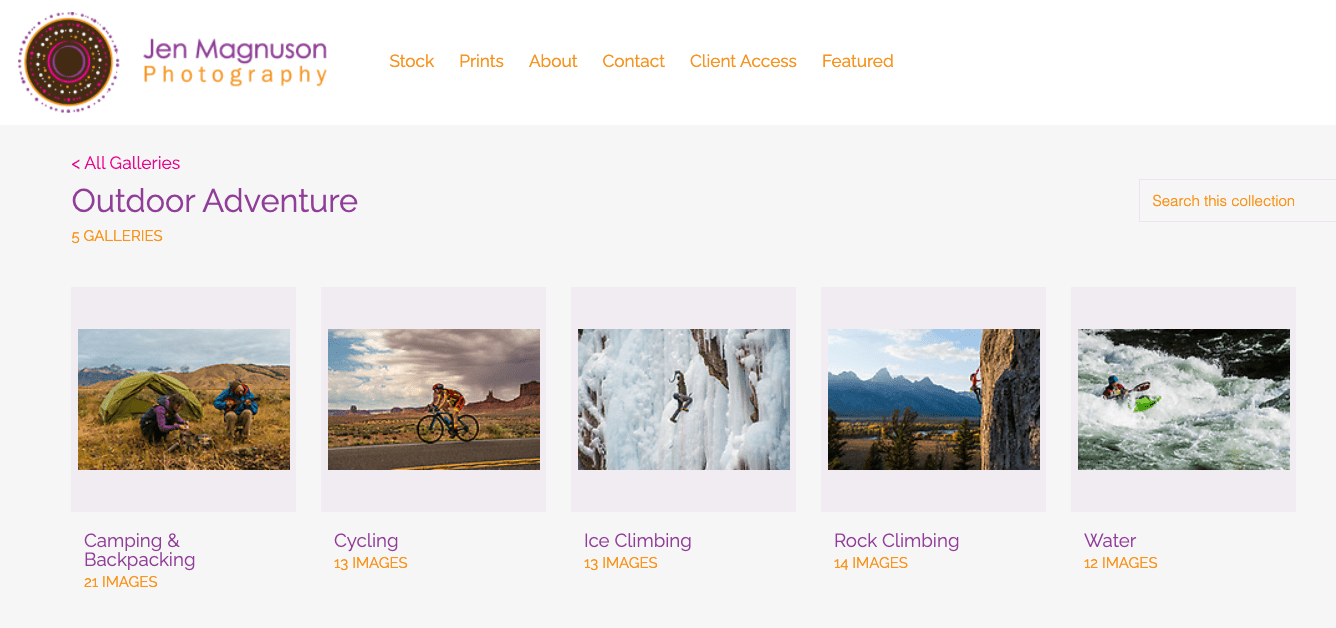
(It’s worth noting that while we’re talking about selling stock prints here, opening your site up to stock sales also opens you up to selling downloads and licenses for those same images.)
5. Make your sales as accessible as you are.
If your audience or work is multicultural and has a wide appeal, think about working with more than one print vendor. With PhotoShelter’s automated print fulfillment option, we have three US-based print vendors, EZ Prints, Printique (formerly known as AdoramaPix) and White House Custom Colour, and another that’s UK-based Loxley Colour.
Having the orders filled in the relative location of your client means faster print fulfillment and shipping on their order. And a better buying experience means they’re more likely to purchase from you again.
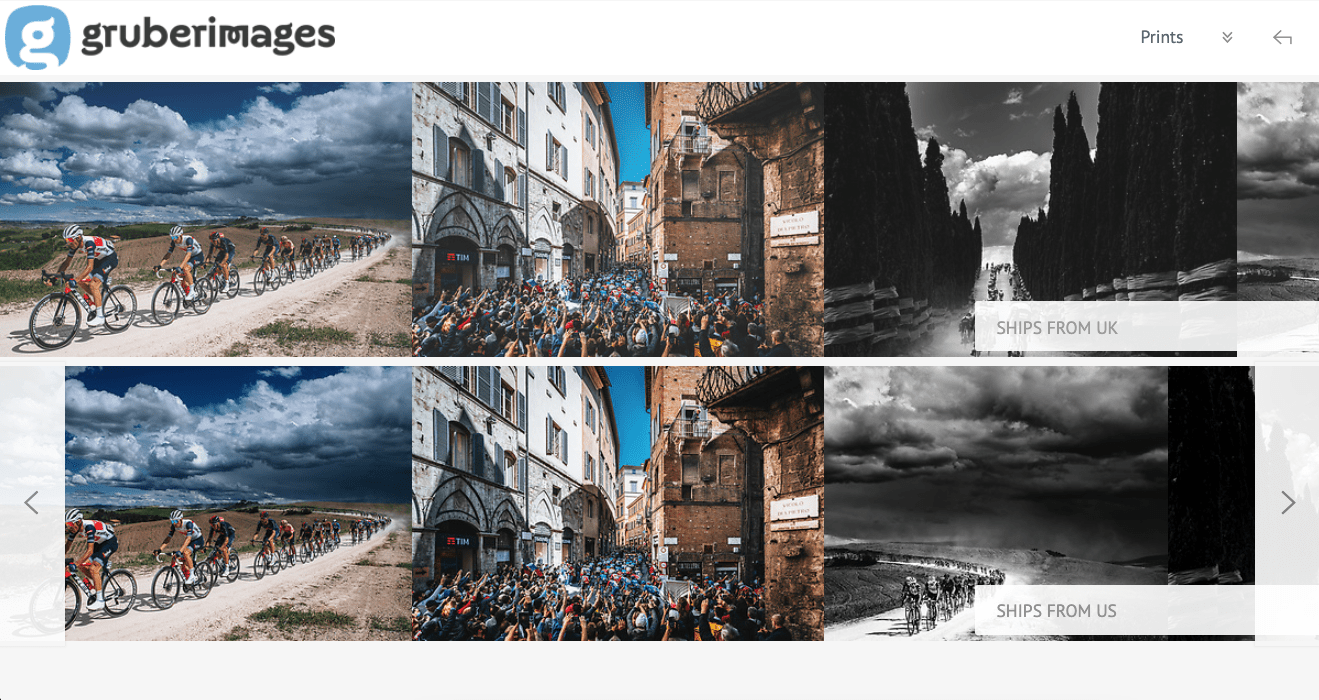
One easy way to offer the same images from separate printers is to create two identical galleries, name them something like “Ships from US” and “Ships from UK,” and then price each gallery with separate pricing profiles and printers.
Making images available for sale is simple with PhotoShelter, and online sales give you the ability to turn a passive viewer into an active buyer, maybe even when you’re sleeping. Impulse buying on the web happens all the time, but it can’t happen if you have nothing priced and ready for sale.
Ready to start selling prints with PhotoShelter? Get started today!

